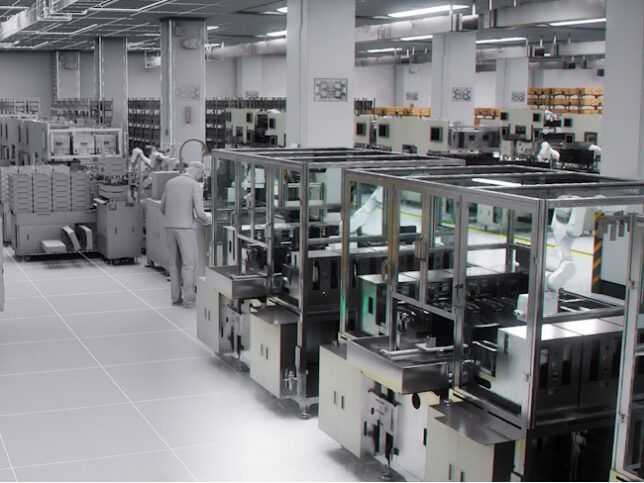Digital twins aren’t a new tool for the chip industry, but they are getting democratized to a point where they are more accessible for a broader set of commercial applications.
The ability to ingest more, higher-quality data from a wider array of sources and the application of artificial intelligence is helping to extend digital twins beyond product design to virtually envision manufacturing environments, which will reduce waste as well as contribute to meeting sustainability goals. And as the chip industry ramps up U.S. onshore manufacturing in the wake of the CHIPS Act, digital twins are poised to be a critical tool for workforce development while also accelerating productivity.
In early February 2024, the National Institute of Standards and Technology (NIST) announced its intent to create a new semiconductor manufacturing institute that will use digital twin technology for production, packaging and assembly. NIST is looking to corral curriculum and best practices through its CHIPS Research and Development Office to launch a competition for a new public-private Manufacturing USA Institute.
Digital twins are more effective when silos of information are eliminated, Grieves added. “Depending on what functional area they were in, you wound up with huge inefficiencies or the inability to optimize the entire process.”
Expanding the use of digital twins out to manufacturing facilities is the natural evolution of the virtual approach the chip industry has used for decades. Digital twins are being extended to visualize equipment and manufacturing facilities before they are built, then optimized once they are in production.
Digital twins can be used to build anything, so why not the manufacturing facilities that produce semiconductors—not just the devices themselves?
Building a digital twin of a fab allows for the modeling of the manufacturing of the chip, making it possible to optimize a facility before concrete is ever poured.
A digital twin does more than simulate the manufacturing process. It also optimizes all the electricity, water and chemicals being used, which helps to achieve sustainability goals.
Read my full story for EE Times.
Gary Hilson is a freelance writer with a focus on B2B technology, including information technology, cybersecurity, and semiconductors.
